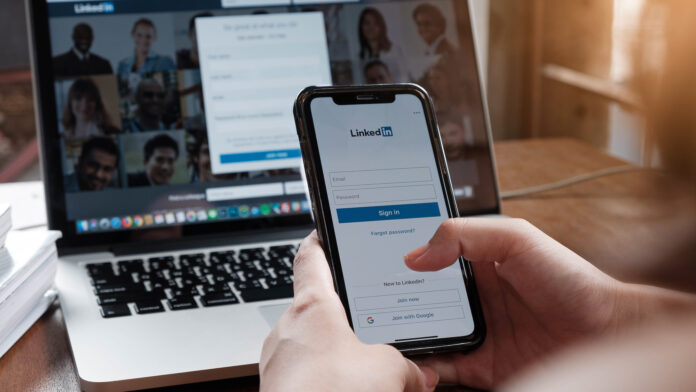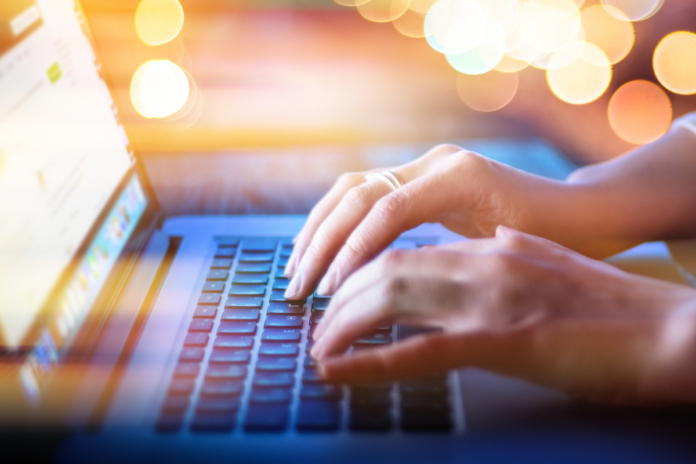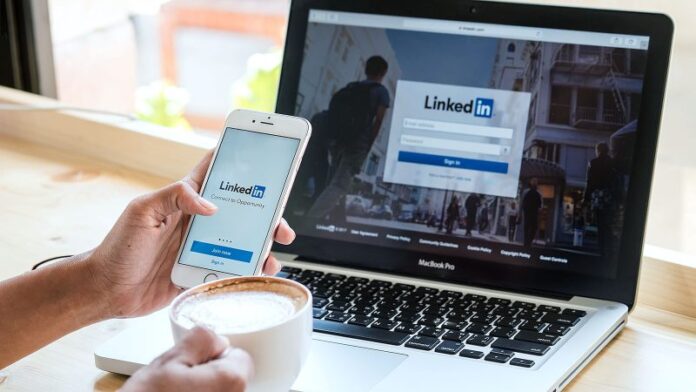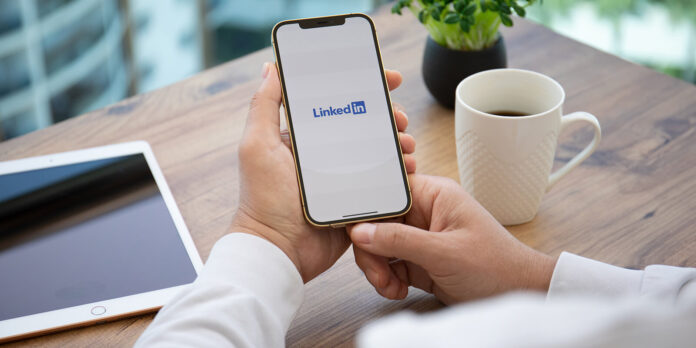Receiving an invitation message on LinkedIn is a great way to expand your professional network and make meaningful connections. However, it is important to know how to respond appropriately to these messages in order to make a good impression and build strong relationships on this platform.
When you receive an invitation message from Linkedin, the first thing you should do is review the profile of the person who sent you the request. This will help you to get an idea of who they are and why they are interested in connecting with you. Once you have checked their profile, you can start writing your response.
If you want to learn more about this topic, just continue reading until the end. Here, we give you some tips so that you can respond to LinkedIn messages without any problems.
Understand the message and the sender

When you receive an invitation message from LinkedIn, it is important to take the time to read and understand the message before responding. This will ensure that the answer you give is appropriate and effective.
Of course, in order to understand the message, it is necessary to consider the role of the sender and their connection to you. Understanding the sender’s position and relationship to you can help guide the tone and content of your reply. For example, if the sender is a recruiter, you may want to respond in a more professional manner than if the sender is a colleague or a friend.
To accomplish this, take the time to review the sender’s profile and look for common interests or connections that can be used to keep the conversation going.
If the sender is a new connection, you may want to take the opportunity to introduce yourself and build rapport before replying to their message.
After understanding the message and the sender, it is important to determine the purpose and tone of the Linkedin invitation message. Is the message a request for information, a job opportunity, or just a friendly message? Understanding the purpose and tone of the message can help you guide your response and make sure that you are giving a thoughtful and appropriate one.
Finally, consider customizing your response instead of using a template. This can help establish a stronger connection with the sender and improve the probability of a positive response.
Give an appropriate answer

It is important to start with a polite greeting and thank the sender for reaching out when you reply to a LinkedIn message. Some sample Linkedin invitation messages you can use to reply can start with: “Hi [name]!” or “Hi [name], thanks for your message!”
This shows that you appreciate their effort to communicate with you, and sets a positive tone for the conversation.
Then, thank them for the message. Some Linkedin invite message samples you can use are “Thank you for taking the time to write to me” or “I appreciate you reaching out to me”.
In addition, if the message is related to a job opportunity or company, express your interest in the position or organization.
After recognizing the sender and their message, it’s important to respond to any specific questions or requests they may have made. This shows that you have read and understood your Linkedin invitation message and are willing to start a conversation. Also, if you have any relevant information or resources that might be helpful to the sender, offer them as a way to add value to the conversation.
You can continue with the conversation and show interest by asking follow-up questions or providing additional information that may be relevant to the topic you are discussing. This helps build a relationship with the sender and may lead to more opportunities in the future.
End your response with a polite closing, such as “Best regards,” “Regards”, or even “See you soon!”

By following these steps, you can design a proper response to a Linkedin invite message and engage in a productive conversation with the sender.
Now, the good news is that to facilitate the process of responding to messages, the best message templates for LinkedIn are offered, and we will talk about this later on.
Best follow-up practices
When responding to a LinkedIn message, it’s important to set a clear next step or have a clear action plan. This can ensure that the conversation will continue productively and that both parties are on the same page.
When creating your response, be sure to personalize it and mention any relevant next steps. By doing so, you can move the conversation forward, and build a stronger professional relationship.
On many occasions, the serious mistake that is made when responding to a Linkedin invitation message is that there is no follow-up. Messages are responded very well at first, but then the response from the other party is not awaited, and the message does not have continuity.
The thing is that, in most cases, it is necessary to follow up with additional messages to keep the conversation going. In doing so, it is important to remain polite and professional. Now, you can access the best message templates for LinkedIn, which can be useful for creating a fast and effective message.

However, make sure you personalize the message to fit the specific conversation and individual. By following up with polite and relevant messages, you can maintain a positive and productive professional relationship.
It is also important to know when to end the conversation and maintain a professional relationship. If the conversation has reached a natural conclusion, or if you no longer need to keep in contact with the person, it is appropriate to end the conversation.
Be sure to do so in a polite and professional manner, thanking the person for their time and expressing your willingness to stay in touch if necessary. By maintaining a professional relationship, you can keep the door open for future opportunities and collaborations.
Overall, responding to a LinkedIn invite message is an excellent way to build connections and maintain professional communication. Remember that each response must be personalized according to the context of the message received and your own professional objectives. Good luck with your interactions on LinkedIn!







